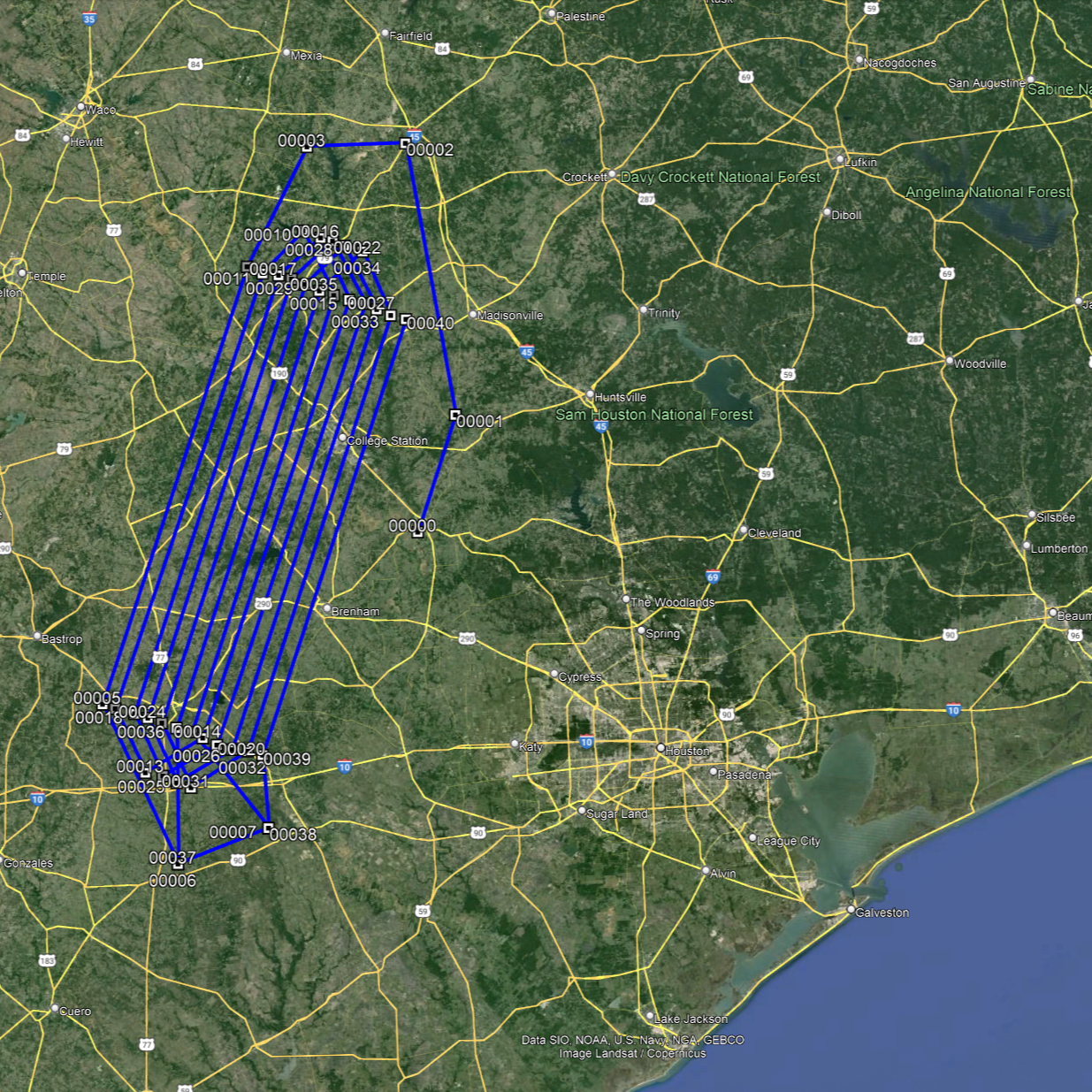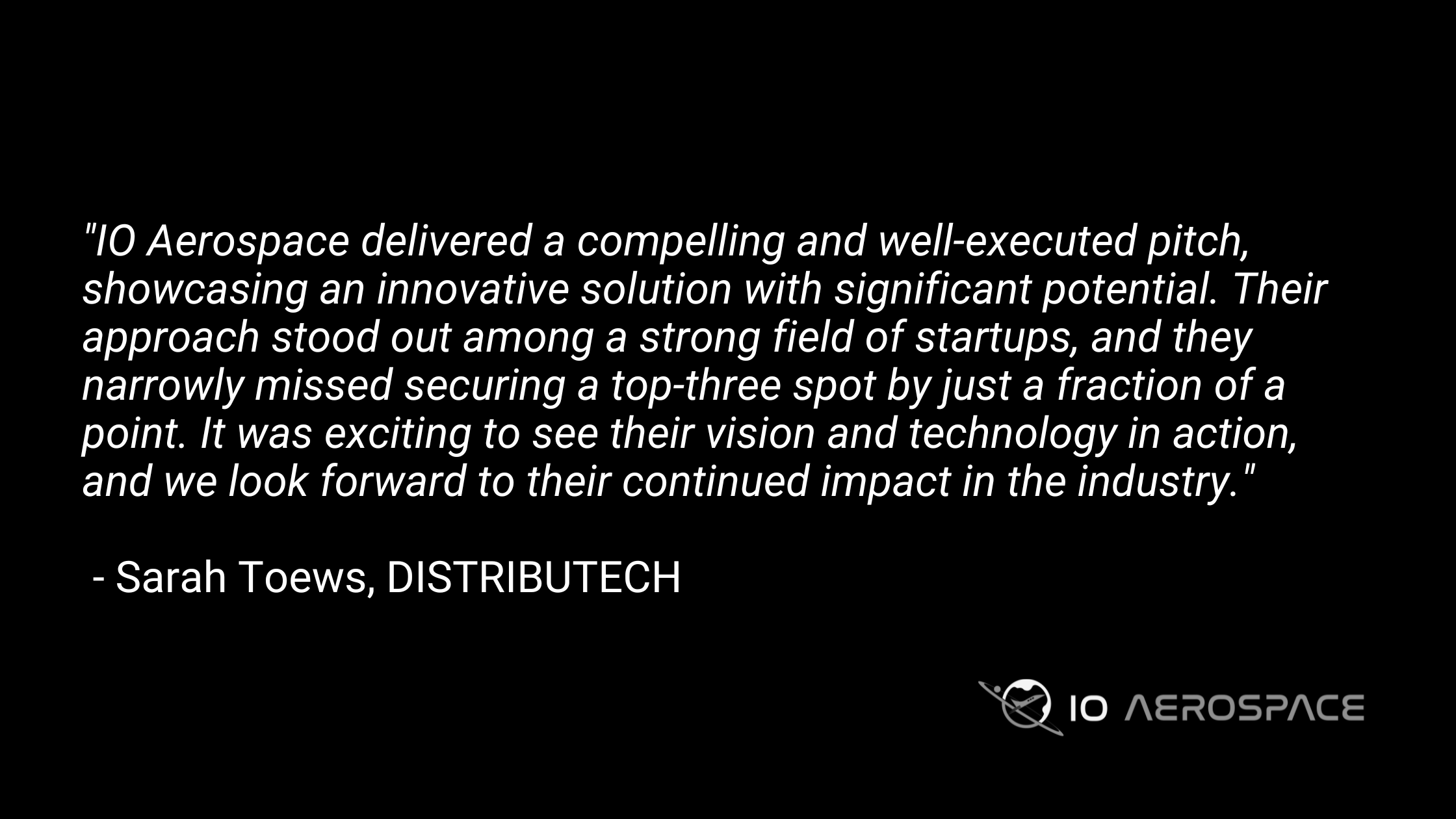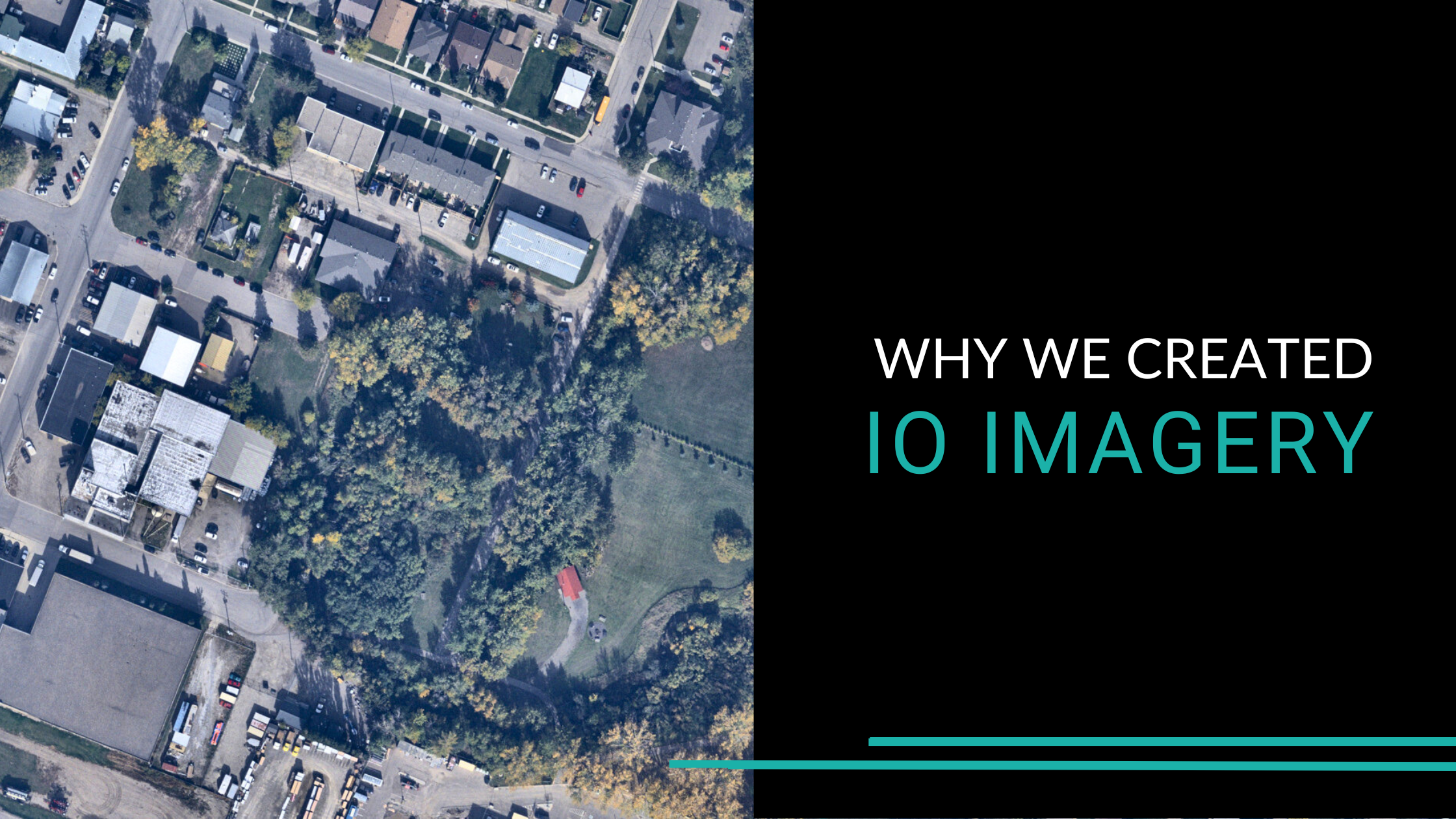
Methane Insights: A Step Toward a Cleaner Future
One of our specialized services is rapid wide-area mapping, designed to support methane detection and monitoring efforts. We work with your team to execute a custom solution that can help identify sites that you may or may not know about.
Monitoring methane levels is crucial for assessing its global warming potential and understanding its role in climate change. Detecting and quantifying emissions is the first step in targeted reduction efforts and is vital for regulatory compliance. Accurate detection and quantification are essential for maintaining air quality, protecting public health, conserving ecosystems, and promoting resource efficiency.
Our specially modified aircraft delivers precise and reliable data quickly, covering any target area to provide actionable insights. The image displayed here visually represents methane emissions from a gathering pipeline . The leak source, plume, and concentration of the plume, all of which are essential for identifying and addressing emissions, are clearly visible. Detection and quantification are the precursors to action in mitigating rogue methane emissions.
Extensive Coverage for Fast, Accurate Methane Detection
With our decades of experience operating remote sensing systems worldwide and delivering data at scale, IO Aerospace offers repeat imaging and monitoring of suspected methane-emitting sites globally. The quantified analysis and change-over-time data can be invaluable for reducing methane emissions and tracking progress over time.
Our high-speed approach enables us to quickly cover vast areas, making it easier to identify regions with potentially high emissions. Additionally, we can target specific facilities with high-resolution imaging to obtain more detailed data. At IO Aerospace, our goal is to provide accurate and efficient methane monitoring to support emission reduction efforts and promote environmental sustainability.
The Aircraft Edge:
Spotting Tiny Methane Emissions in Wide Areas
During the 2023 summer acquisition season, IO Aerospace mapped over 750,000 km² of area suspected of having significant methane emissions for the MethaneSAT Mission. Equipped with an onboard imaging spectrometer, our team is capable of detecting and quantifying methane leaks in oil and gas plants, pipelines, landfills, cattle feedlots, and other methane-producing assets.

Optimizing Earth Observation with Aircraft and Satellite Data
The combination of aircraft and satellite data acquisition creates a powerful solution for capturing detailed and reliable information about the Earth’s surface. Satellites provide wide-area coverage, making it easy to identify regions of interest across large areas. Once those areas are identified, aircraft step in, using their ability to capture high-resolution data to zoom in on key details that satellites might miss.
This tipping and cueing approach—where satellites signal areas for aircraft to examine—enhances the accuracy, precision, and overall quality of the data. By integrating these methods, you get comprehensive insights that are crucial for applications like environmental monitoring, defense, infrastructure planning, and natural resource management.
Benefits of Combining Aircraft and Satellite Data
- Wide Coverage: Satellites scan large areas quickly and continuously.
- High Precision: Aircraft deliver focused, high-resolution data on areas of interest.
- Enhanced Decision-Making: More accurate data supports better outcomes in critical projects.

Fast, Wide-area Coverage for a Sustainable Future
Let’s work together to create a cleaner tomorrow. Reach out to learn more about how we can support your methane detection and monitoring projects.
The Latest From the Blog

IO Aerospace at DistribuTech 2025: Insights, Innovation, and Excitement
DistribuTech 2025 was an incredible opportunity for IO Aerospace to showcase our capabilities, connect with industry leaders, and gain valuable insights into the evolving utility sector. From our conversations with

IO Aerospace Heads to DISTRIBUTECH’s Initiate Program
Big news—we’ve been selected for the Initiate Program at DISTRIBUTECH International 2025! This means we’re heading to Dallas, Texas, from March 24-27 to showcase what we do best: high-altitude remote

Why We Created IO Imagery
Discover 10 cm high-resolution imagery, fast delivery, and tailored solutions for diverse industries like agriculture, utilities, and emergency response with IO Imagery.
